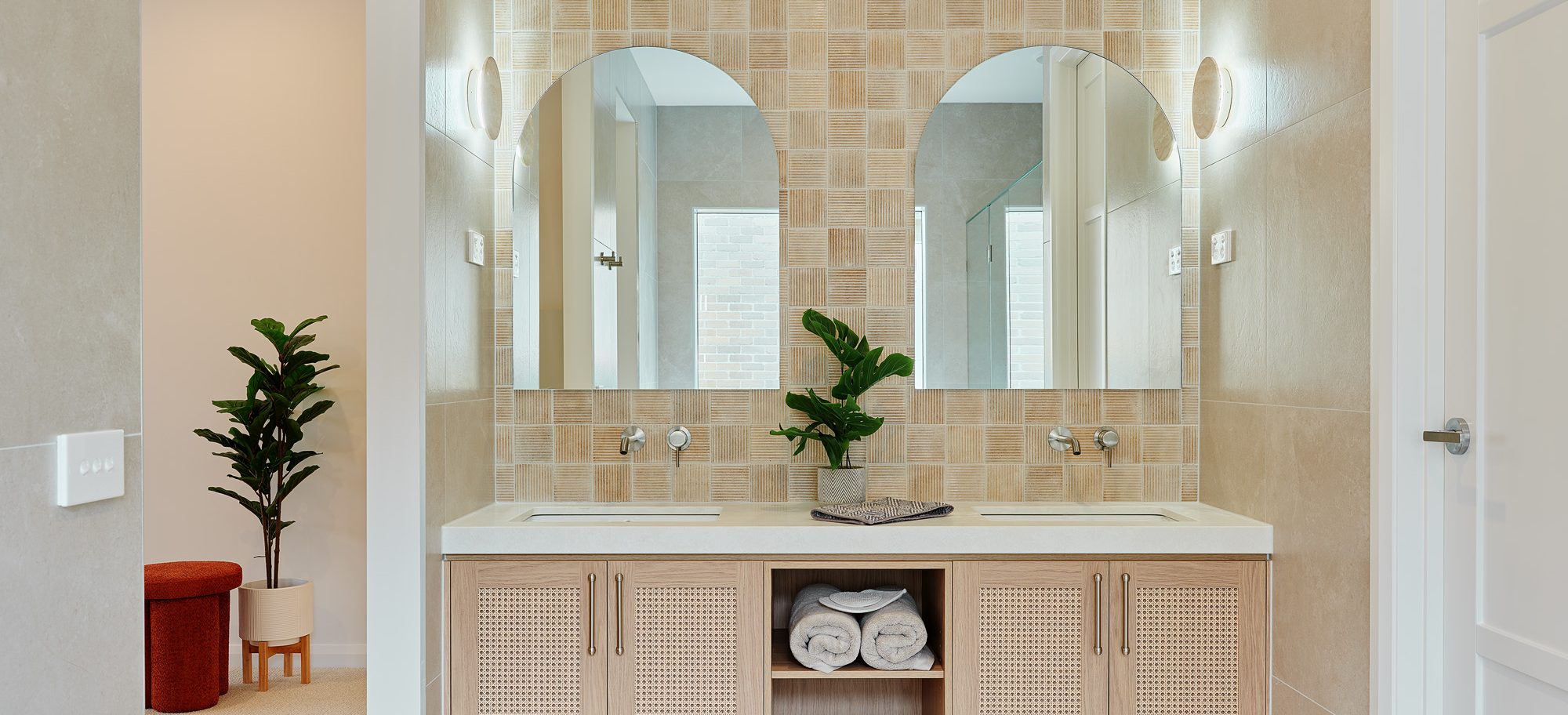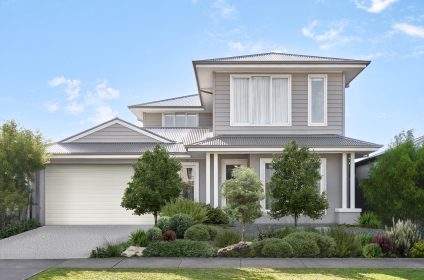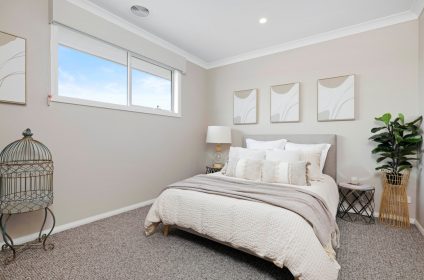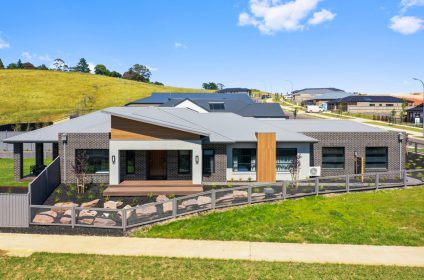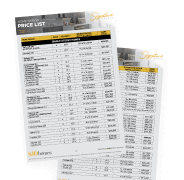Defining a Large House in Australia: What You Need to Know
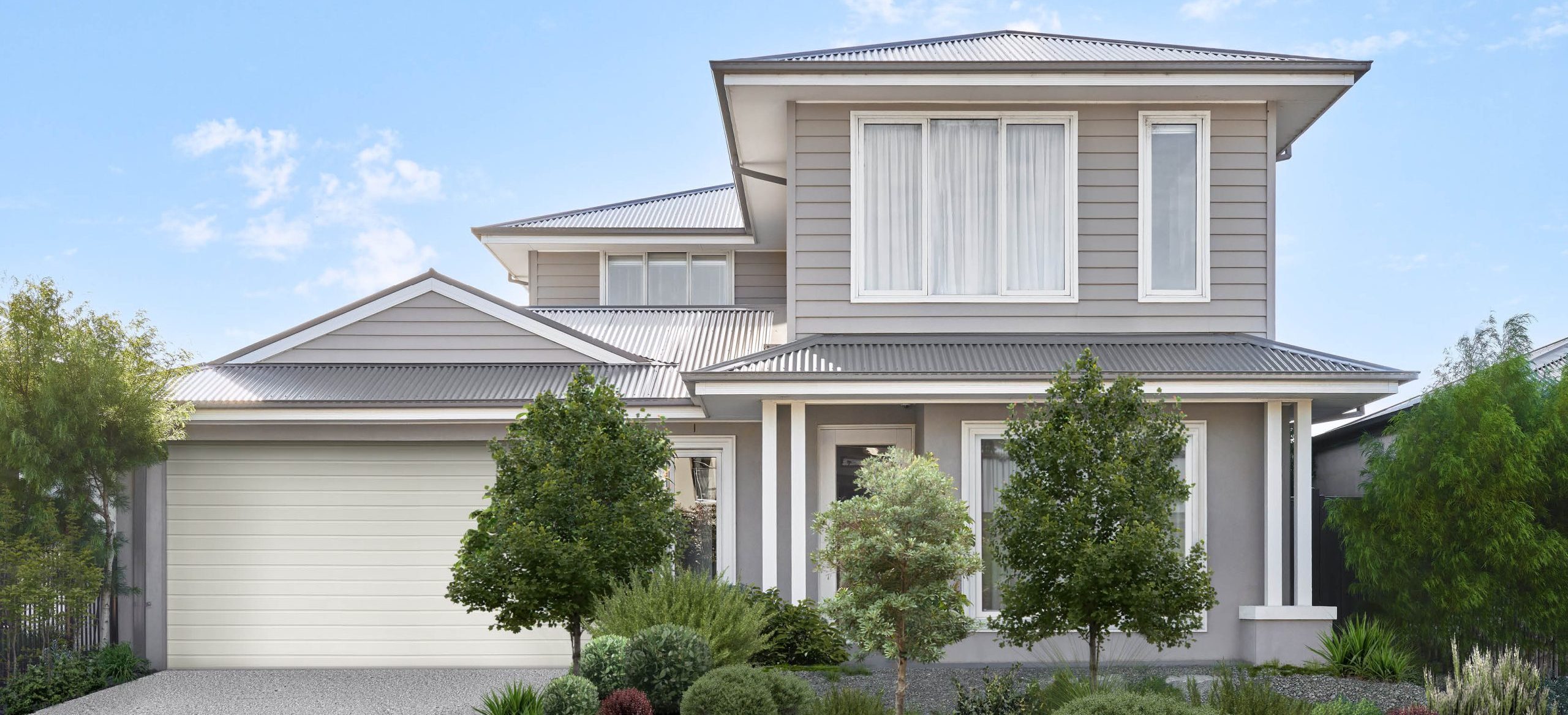
What is Considered a Large House in Australia?
In Australia, a large house is typically defined by its square metres, number of rooms, and overall floor space. The average house size in Australia has consistently ranked among the largest in the world, with newly built homes often exceeding 235 square metres. While some buyers prefer smaller houses, others look for larger houses to accommodate growing families or enhance their lifestyle.
The Australian Bureau of Statistics tracks trends in house size in Australia, showing that while average Australian home size has fluctuated over the past decade, demand for spacious homes remains strong. Factors such as block size, design preferences, and functionality contribute to what is considered a large house in different parts of the country.
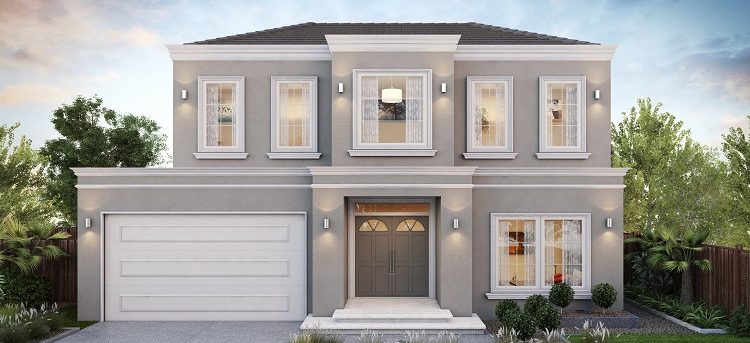
Understanding House Size in Australia
The average Australian house size has changed over time, influenced by factors such as urban density, land availability, and housing trends. While inner city studio apartments are becoming more common in metropolitan areas, many homeowners in a few Australian suburbs still prefer larger houses with expansive living spaces.
Key Facts About House Size in Australia
Occupied Australian houses often feature three to four bedrooms with additional living areas.
The average floor area of new houses built in Australia is approximately 235 square metres.
Australian houses are larger than European houses but slightly smaller than those in the United States.
Western Australia and New South Wales have some of the biggest houses on average.
Northern Territory and South Australia tend to have smaller houses compared to other states.
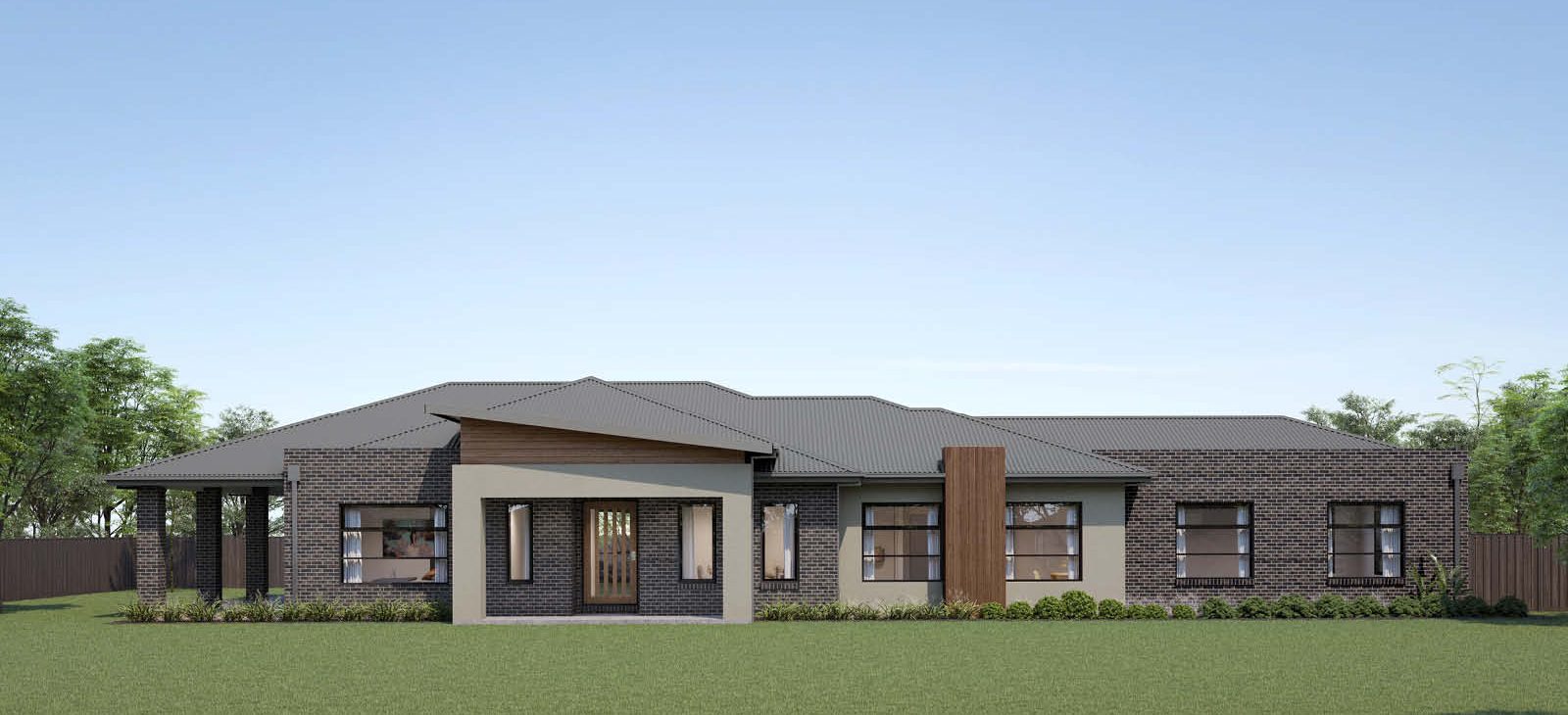
How Many Square Metres Make a House Large?
While the national average for newly built Australian apartments sits at around 136 square metres, a house exceeding 250 square metres is typically considered large. Some custom homes surpass 400 square metres, offering expansive living space with multiple bedrooms, bathrooms, and entertainment areas.
Factors that influence house size in Australia include:
- Location: Homes in regional areas are often larger due to bigger block sizes.
- Family size: Larger families require more floor space, increasing average home size.
- Customisation: Many Australian homes feature additional rooms such as home theatres, studies, and alfresco areas.
Features That Define Large Australian Homes
Beyond square metres, the features of a home can also determine whether it is classified as large. Many traditional Australian houses incorporate open-plan layouts and spacious outdoor living areas, maximising floor space while ensuring comfort.
Common Features in Larger Homes
- Four to six bedrooms with multiple ensuite bathrooms.
- Expansive kitchens with walk-in pantries and high-end appliances.
- Multiple living areas, including home theatres and formal lounges.
- Outdoor entertainment spaces, often featuring pools or alfresco dining.
- Large garages with extra storage space.
The Trend of Building Progressively Smaller Houses
Despite the demand for larger houses, the past decade has seen a shift towards building progressively smaller houses in urban areas. Rising house prices, land shortages, and environmental concerns have led to an increase in city studio apartments and townhouses.
However, for those seeking spacious living, many Australian suburbs still offer large block sizes, making it possible to build a dream house with ample floor space. Whether you prefer a traditional Australian house or a modern custom build, there are plenty of options available.
The Benefits of Owning a Large Home
Choosing a larger house comes with several advantages, particularly for families and those who enjoy entertaining. While some buyers opt for smaller houses due to rising costs, there are many benefits to owning a spacious home.
Why Consider a Larger Home?
- More room for a growing family, ensuring long-term comfort.
- Greater resale value in areas where land and house sizes are in high demand.
- Space for home offices, guest rooms, and entertainment areas.
- Increased privacy with separate zones for different family members.
Finding the Right Home Size for You
When considering a new house, it is essential to think about both present needs and future requirements. While some buyers opt for smaller houses to suit their lifestyle, others prefer the luxury and flexibility that come with larger houses.
Key considerations include:
- Desired location – Suburban homes tend to offer more space than those in major capital cities.
- Land availability – Larger homes require bigger block sizes.
- Personal preferences – The right house size depends on your lifestyle, family size, and long-term plans.
Crafting Your Dream Home with SJD Homes
At SJD Homes, we specialise in designing large, functional, and high-quality homes tailored to your unique needs. Whether you are looking for a spacious family home or a custom-built luxury house, our team is here to help.
Explore our expertly designed home plans and discover how we can bring your dream home to life. Contact us today to learn more about our house designs and find the perfect home for your family.
